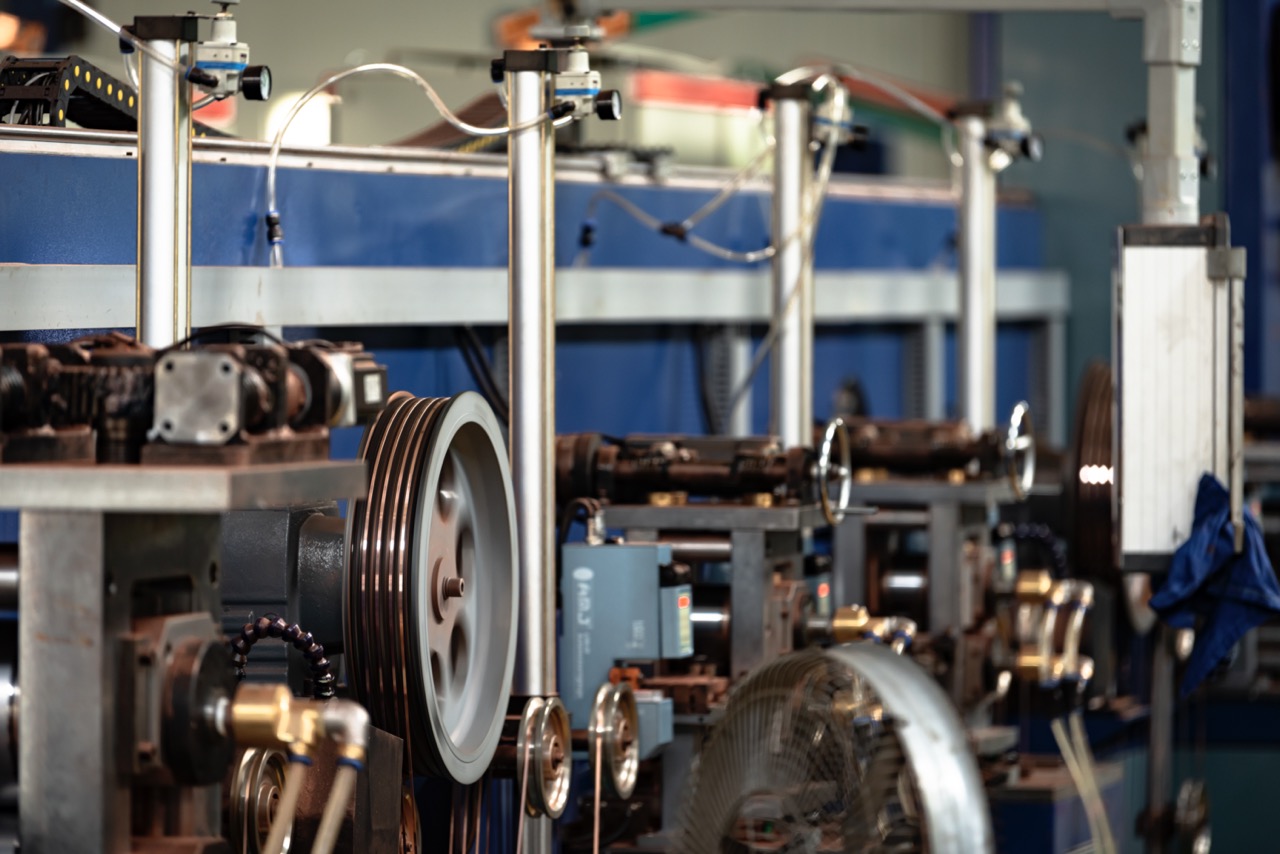Photovoltaic IndustryThe photovoltaic industry chain mainly includes silicon materials, silicon wafers, batteries, photovoltaic modules and photovoltaic application systems. The upstream of the industry chain is mainly silicon and silicon wafers; the midstream is mainly batteries and photovoltaic modules; the downstream is photovoltaic application systems.Photovoltaic welding ribbonThe photovoltaic module manufacturing industry, which uses copper as raw materials, is in the middle of the industry chain. The upstream of the photovoltaic welding ribbon industry is mainly suppliers of raw materials such as copper, tin alloys and solder, and the downstream customers are photovoltaic module manufacturers.
Photovoltaic ribbons have a great impact on the power generation of modules. From the perspective of the cost structure of photovoltaic modules, the ribbons account for about 3.2% of the module cost, but the quality of the ribbon products directly affects the current collection efficiency of photovoltaic modules and has a great impact on the power generation of photovoltaic modules.

There are many types of photovoltaic welding strips to meet the needs of different characteristics. According to the application direction, they can be divided into interconnection strips and busbars. The interconnection strip is a tin-coated welding strip used to connect photovoltaic cells and collect and transmit photovoltaic cell current. It is attached to the front and rear grid lines of the cell, connecting the positive and negative poles of adjacent cells to form a series circuit, transferring the electric energy of the cell to the electrical equipment, and at the same time playing the role of heat dissipation and mechanical work. The settling strip is a tin-plated welding strip used to connect the photovoltaic cell string and the junction box to transfer the photovoltaic cell string current. It connects many cell strings to achieve a complete current path. For traditional photovoltaic modules, the consumption ratio of the interconnection strip to the busbar is about 4:1; for multi-door modules, the consumption ratio of the interconnection strip to the busbar is about 5:1.
According to the performance and application fields of photovoltaic strips, interconnecting strips mainly include conventional interconnecting strips, MBB strips, low-temperature strips, low-resistance strips, etc.; busbars mainly include conventional busbars, stamping strips, black strips, curved strips, etc.
